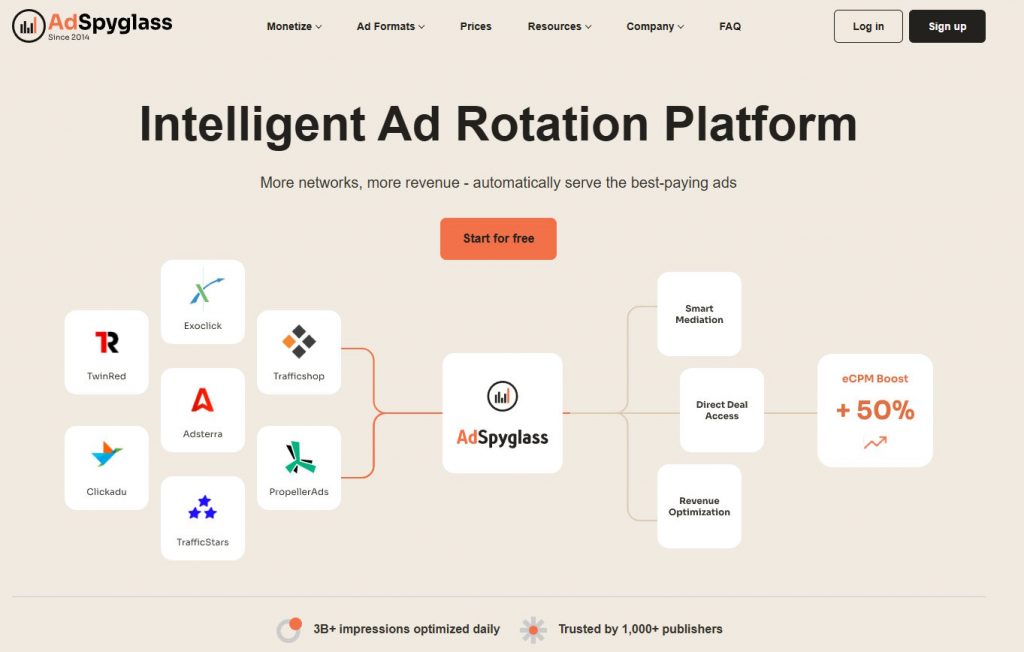Traffic is a flow of visitors to an Internet resource or, in simple words, a general number of users who have visited a particular website. Traffic is the most important indicator of any website. Even if a page provides a convenient interface, a wide range of goods and services, and the lowest prices on the market, this will be nothing without visitors. Each visitor is a potential purchaser. The more users get to the site, the higher are the chances of selling a product and making a profit.
Traffic can be divided into different categories depending on its sources and general features:
- Direct traffic. This means that a user types the name of the page in the search bar or finds it in the browser bookmarks.
- Organic traffic. This type refers to traffic from the search system results page.
- Referral traffic. Traffic that includes transitions from the page of another site, as well as from instant messengers and applications.
- Paid traffic. This kind of traffic comes from the clicks performed by users on another platform that has been previously paid to promote a particular advertisement. This usually works with Pay Per Click (PPC), Pay Per Acquisition (PPA), or Cost Per Millenium (CPM) advertising.
For any marketer it is crucial to understand and employ the basic methods of increasing traffic to their website:
- SEO-optimization can help businesses to rank first on the search engine results page
- Email campaigns provide constant communication with existing customers
- Social media campaigns are a powerful tool for driving traffic through relevant social media platforms
- Creating high-quality content is a great way to generate traffic. This includes writing strong headlines, avoiding complex words and sentences, employing visual elements
- Designing mobile-friendly websites or optimizing existing websites for mobile devices
- Implementation of the affiliate program
- Partnership with bloggers and other opinion leaders
